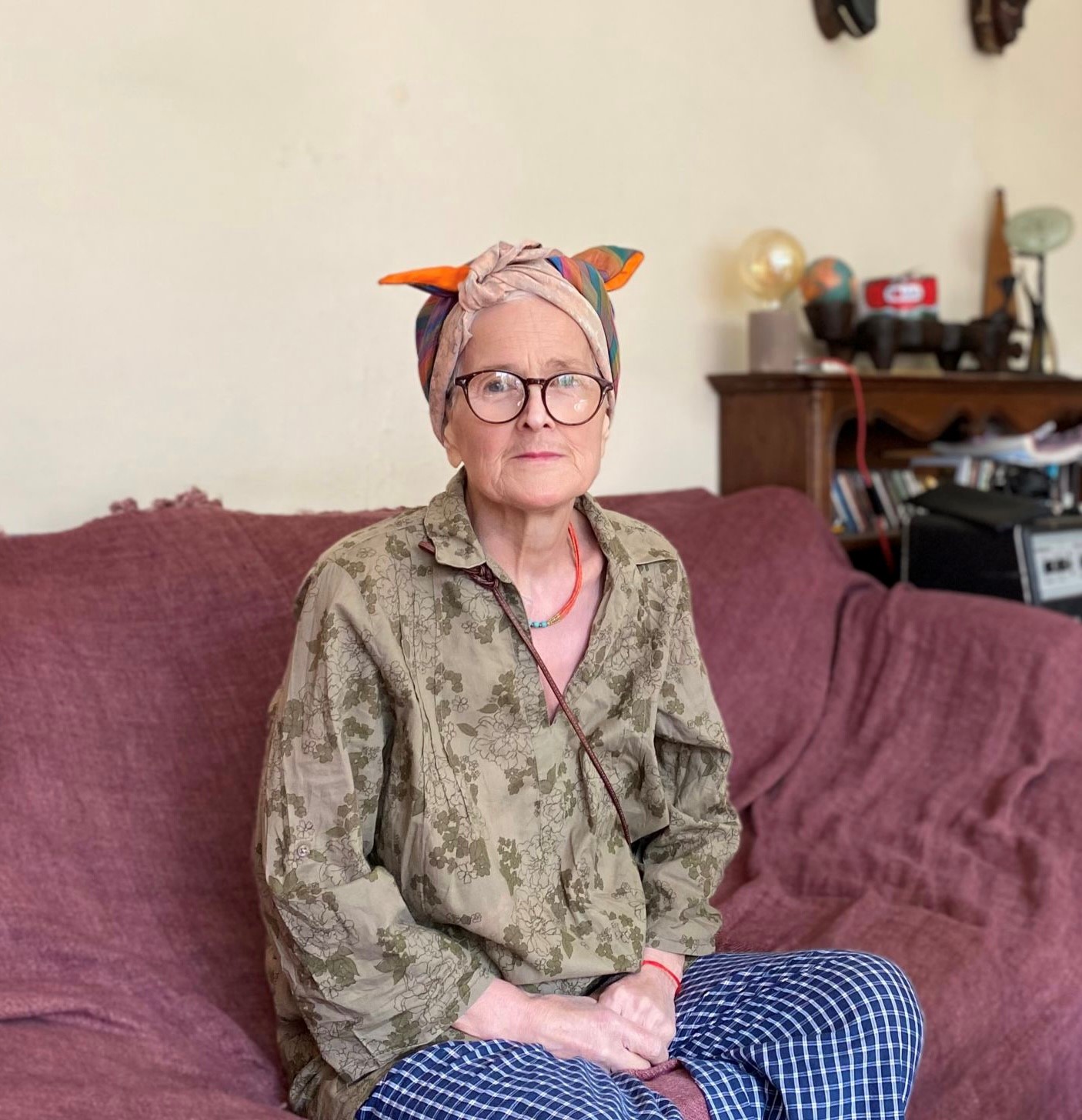On August 31, 2021, Tamara Kalaeva quietly passed away in Paris. Her quiet death contrasts with the immense work and legacy she left behind. Almost every non-governmental organisation in their respectful reports used or referred to materials that she collected about human rights violations during the Russian-Chechen wars. It is hard to find a documentary film about the wars in the North Caucasus, where materials captured by her camera are not used … Her materials were included in the reports related to the situation in the North Caucasus and Chechnya submitted to the OSCE, the Parliamentary Assembly of the Council of Europe and the UN Human Rights Council. Many of them also formed the basis of applications brought before to the European Court of Human Rights.
Tamara is one of the many hundred Chechen women who, by putting her own life at stake, documented the Russian-Chechen wars. Exactly one year ago, she died of cancer in Paris, but was buried in Goy-Chu, Chechnya next to the hundreds of civilians and Chechen fighters who were killed in March 2000. Tamara herself participated in identification of their bodies. Turning corpses over with her own hands, she reflected on camera every mutilated body found under the rubble of the destroyed houses.
Horrific memories from Goy-Chu never left her bones.
Tamara Kalaeva was born in 1957. Her father, a career officer of the Red Army, served in 1941 in a howitzer-artillery regiment in the Brest Fortress. He was there when the World War II erupted. Having escaped from the encirclement, he continued to fight and was demobilized in 1944 after Stalin’s decree on the deportation of Chechens and Ingush from their homeland. He was sent to Kazakhstan, but survived there, got married and returned to the Caucasus. Tamara Kalaeva was the sixth child in his family. Already in Grozny, Chechnya Tamara received a degree in engineering and started to work.
But the seemingly democratic leadership of the Russian Federation, which itself initiated the collapse of the Union, was not eager to let Chechnya leave the union. And thus, the first Russian-Chechen war started. Tamara Kalaeva took an active part in it. She was among those who equipped the hospital in the cellars of the presidential palace. There, Chechen doctors and nurses provided equal aid to both the wounded defenders of the Chechen capital and the Russian military who stormed it. After surrender of the city, she started as an operator at Chechen TV channel. Holding a camera in her hands, she travelled through entire Chechnya, visited Chechen units fighting in the war, attended all the protests demanding the liberty. Images captured on her camera film became an indispensable part of the archive about that war, memories of the heroes and sufferings endured by all.
The second Russian-Chechen war, launched by Boris Yeltsin in order to bring the current president of the Russian Federation to the power, was characterised with a great cruelty exercised against the civilian population. Tamara Kalaeva began to document war crimes. Immediately after learning that a burial or a corpse was found somewhere in the region, she would travel there, film and record testimonies of witnesses.
Tamara developed her own algorithm for collecting information. She used to travel alone with taxi drivers she trusted. She would not stay overnight and was normally wearing multiple layers of random dresses and jackets, with a large colourless scarf on her gray hair, so that she could carry a camera around unnoticed. But still, in 2003, she was detained and kept in a basement in a place that has not yet been identified. The Russian military kept her there for 11 days, taking her upstairs for interrogation. During one of such questionings, she was injected with an unknown liquid into the abdominal cavity. Fearing poisoning, Tamara Kalaeva did not touch either food or drink. She became ill and the military took her to the city market and left her there.
Once recovered, she continued her work and documented sweeping operations (Zachistka), places where corpses were found and interviewed relatives of the disappeared people. However, her work still became under the spotlight and attracted attention of the security services. In 2005 she was informed that her name was put on a detention list distributed to police departments and Russian checkpoints. Her friends, with the help of human rights activists, evacuated her to France – as was already very dangerous for her to stay in Russia.
And even outside of Chechnya, Tamara Kalaeva remained an incredibly modest person. She learned the language and got a new job. She did not hesitate to clean premises and looked after her mother. And then she got sick. Despite of several treatments on August 31, 2021, Tamara passed away.
There are no films or articles about Tamara Kalaeva. But she left behind hundreds of cassettes and thousands of pages of evidence of crimes during the Russian-Chechen wars.
Staying in the shadows without striving for fame, she made an unforgettable effort for the sake of her people and justice.
